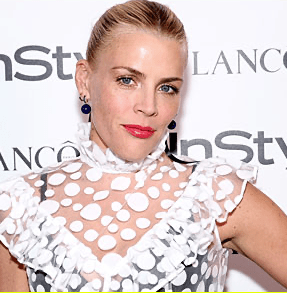By Harvey Goodman
Most gardeners are aware that a good grade fertilizer can do wonders for their lawns. The traditional combination, often designated with a trio of numbers such as 10-10-10 or 25-10-10, reads like a “one –a –day” vitamin pill for plants.
Well, plants really don’t need vitamins. They can manufacture practically every major nutrient that they require. But they do need a bit of help.
Let’s take a moment to return to that fertilizer package with the trio of numbers. The numbers correspond to the three major nutrients required by plants. In the order presented, they represented Nitrogen, Phosphorus, and Potassium, or simply N-P-K. In truth, however, there are many more nutrients that are required, and even though they are needed in trace amounts compared to the big three, their absence from the growth medium, that is soil, can have a devastating effect on plant growth and development.
First a brief primer on the big three…Nitrogen encourages vegetative growth, whether it is bright green leaves or blades of grass. Provide too much, and plants fail to flower, too little and they produce dull green or yellow foliage.
Phosphorus help develop root development and floral blooming. Too little phosphorus will result in stunted growth, and young leaves that are purplish in color.
Potassium plays an integral role in Photosynthesis, the process used by plants to make food. It also encourages disease resistance and sturdy stems. Yellowish or spotted leaves may be a symptom of potassium deficiency.
Calcium, a much-neglected mineral is usually present in soil but is extremely difficult for plants to absorb in extreme heat or drought. Calcium is a structural component of the structure of cells and root growth. Plants that don’t have enough calcium drop their leaves, and those that remain on the tree or bush are curled or have yellow edges.
Sulfur is need by the plant to manufacture chlorophyll. This pigment is required by the plant to make its own food.
Magnesium is still another component of chlorophyll. Without enough magnesium, plants develop yellowish older leaves often with green veins.
In much the same manner, manganese, is also involved in chlorophyll production…in addition, it also helps the plants absorb nitrogen in the soil. Manganese is joined with Iron to complete the chemical combinations required to produce the green pigment chlorophyll.
Chlorine deficiency is rarely a problem in plants — only a small amount is needed to assist the plant in the process of osmosis or water movement into the root hairs . The real problem is a soil condition that often appears near pools where the water is heavily chlorinated. Brown leaf tips, yellowing leaves and premature leaf dropping are the usual symptoms of chlorine poisoning.
Zinc assists in the process of synthesizing sugars …a by-product of photosynthesis. Zinc deficiency usually results in small leaves or a puckered experience at the edges of young peaces.
Boron, another example of a micronutrient, influences how plants use and absorb other nutrients. While Boron is needed in extremely small amounts, a deficiency of this nutrient results in deformed new growth and unusually brittle leaves.
Plant protein often contains a small quantity of copper. When plants lack copper, their younger leaves may be misshapen or dark blue-green color.
Molybdenum, another micronutrient is involved in the metabolism of nitrogen; symptoms of deficiency are similar to nitrogen deficiency…pale green of yellowish older leaves.
Now for the good news…most topsoil contains the micronutrients in adequate supply. However, after years of growing plants, erosion, and weathering, much of the nutrients have been used up.
Best bet is to bring a sample of soil from your garden…or several samples from different locations, to a reputable nursery. The horticulturist at these facilities usually has “test kits”: that are capable of an immediate analysis of your soil sample for the presence of many of the nutrients listed in this column.. Once analyzed, the nursery can provide you with a variety of fertilizer combinations, or individual treatments for specific nutrients.
Questions on gardening or plant care? Contact the plant doctor at Harvey.Goodman@att.net



































